
‘Afraid of the water’? Life in a city that dumps billions of litres of raw sewage into lakes and rivers
10 billion litres of sewage are dumped into Winnipeg’s lakes and rivers each year. Some...
There’s an intergovernmental showdown underway in Canada over who gets a say in major projects with environmental impacts, and Ontario is entering the arena in a big way.
The fight revolves around the federal Impact Assessment Act, a law that gives the federal government the power to review the environmental and other effects of big projects — like mines, highways or pipelines — and even axe them if it decides they’re not in the public interest.
So far, Alberta has been the loudest objector to the regime. Calling it a case of federal overreach, the Prairie province took the issue all the way to the Supreme Court of Canada, which released an opinion last month finding the act “largely unconstitutional” but leaving it in place as governments negotiate a path forward. Days later, Ontario announced two legal challenges, both of which ask a federal judge to strike down the Impact Assessment Act once and for all, leaving more projects in the hands of the provinces.
“We need the federal government to respect these processes and not stand in the way of critical projects,” Ontario Attorney General Doug Downey told reporters on Oct. 24.
The challenges relate to two high-profile Ontario government projects. The first is Highway 413, which would carve a 60 kilometre path through the outer suburbs and Greenbelt north of Toronto. The second is a plan to redevelop Ontario Place, a defunct theme park on Toronto’s waterfront that has become a flashpoint for environmental concern.
Downey said the legal steps are meant to ensure the province can move forward with “certainty” on other key projects, too — like the push to build access roads to the Ring of Fire, an ecologically sensitive and remote region in the Far North of Ontario with deposits of key minerals.
Critics, however, say it’s unclear whether Ontario’s lawsuits will deliver that certainty anytime soon.
That’s because the Supreme Court’s ruling wasn’t a slam dunk for provinces seeking to overturn the Impact Assessment Act. While the court did find the current law is mostly unconstitutional and infringes on provincial jurisdiction, it also affirmed the federal government has the right to do impact assessments focused on issues within the federal domain — like fish habitat, migratory birds, federally protected species, Indigenous Rights and bodies of water that people travel on.
The federal government, meanwhile, has made it clear it doesn’t intend to stop doing environmental reviews. Instead, it plans to tweak the law to comply with the Supreme Court’s ruling. As that work continues in the background, Environment Minister Steven Guilbeault has said Ottawa will continue to assess projects already being reviewed — like Highway 413 and a few road projects proposed for the Ring of Fire — while making sure the process is focused on clear issues of federal responsibility.
Lawyers and legal scholars are still unpacking the court’s decision and trying to figure out what it means. Whenever the federal government releases its updated impact assessment law, that will add another layer of complexity. Joseph Castrilli, a lawyer with the Canadian Environmental Law Association, said adding more lawsuits into the mix now might be premature, and likely guarantees governments will continue to spar over the issue for years to come.


“A case like this has the high potential to end up in front of the Supreme Court again,” Castrilli said of Ontario’s court applications. “I think this exercise is going to go on for quite a while now.”
Kate Kempton, a lawyer with the B.C.-based firm Woodward and Company, who represents several First Nations with concerns about resource extraction in the Ring of Fire, put it more bluntly. “Many Supreme Court decisions are messy and I think they’re very helpful to keep lawyers employed,” she told The Narwhal.
Downey acknowledged last week that the lawsuits and any resolution to the current upheaval could take some time. But he also said the federal government’s response to the Supreme Court had created more confusion and Ontario “can’t wait” any longer.
Guilbeault, meanwhile, has called Ontario’s rhetoric on the issue “ridiculous.”
Here’s what the court challenges could mean for Highway 413, Ontario Place and the Ring of Fire. Spoiler alert: a lot is up in the air.
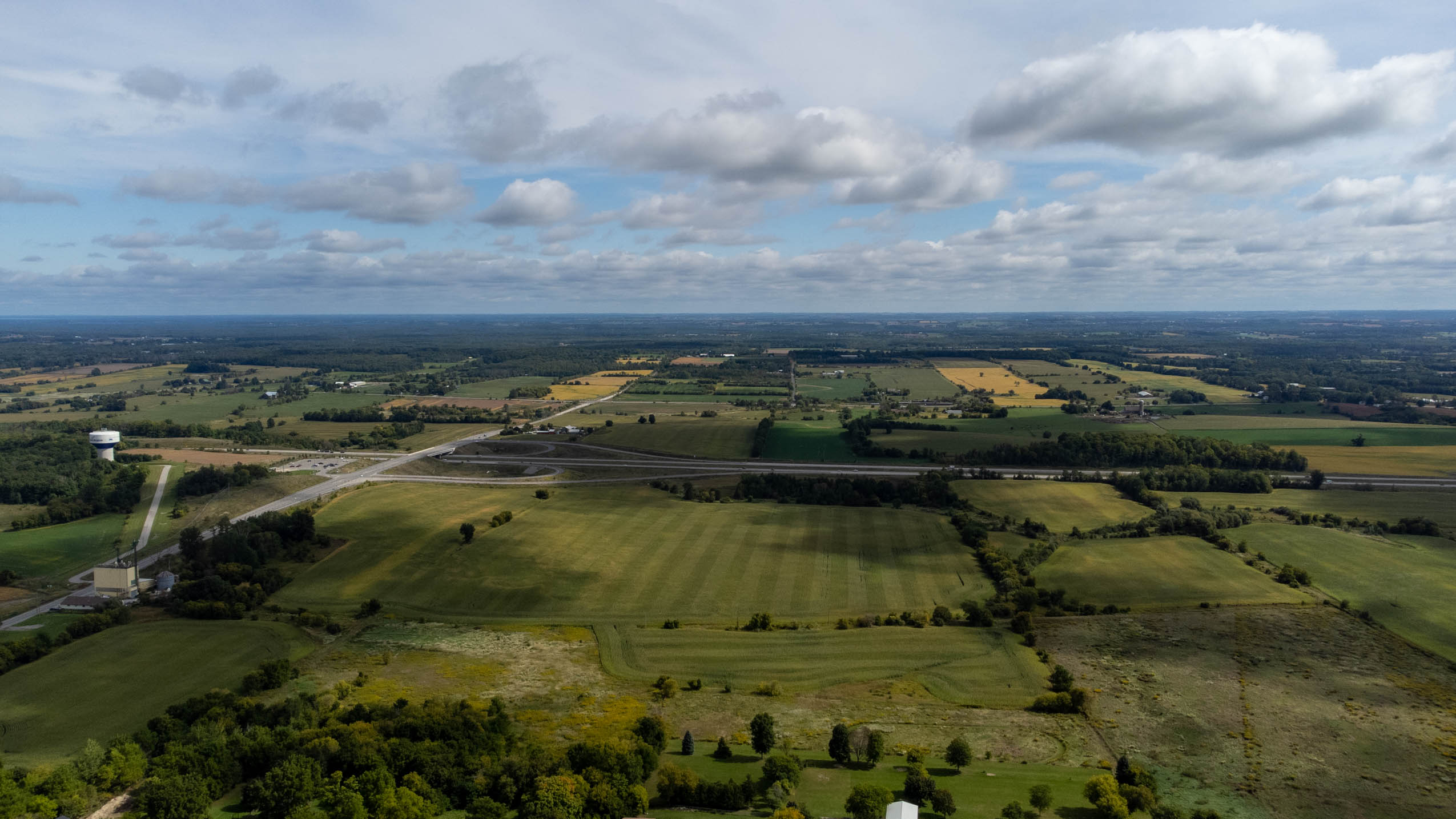
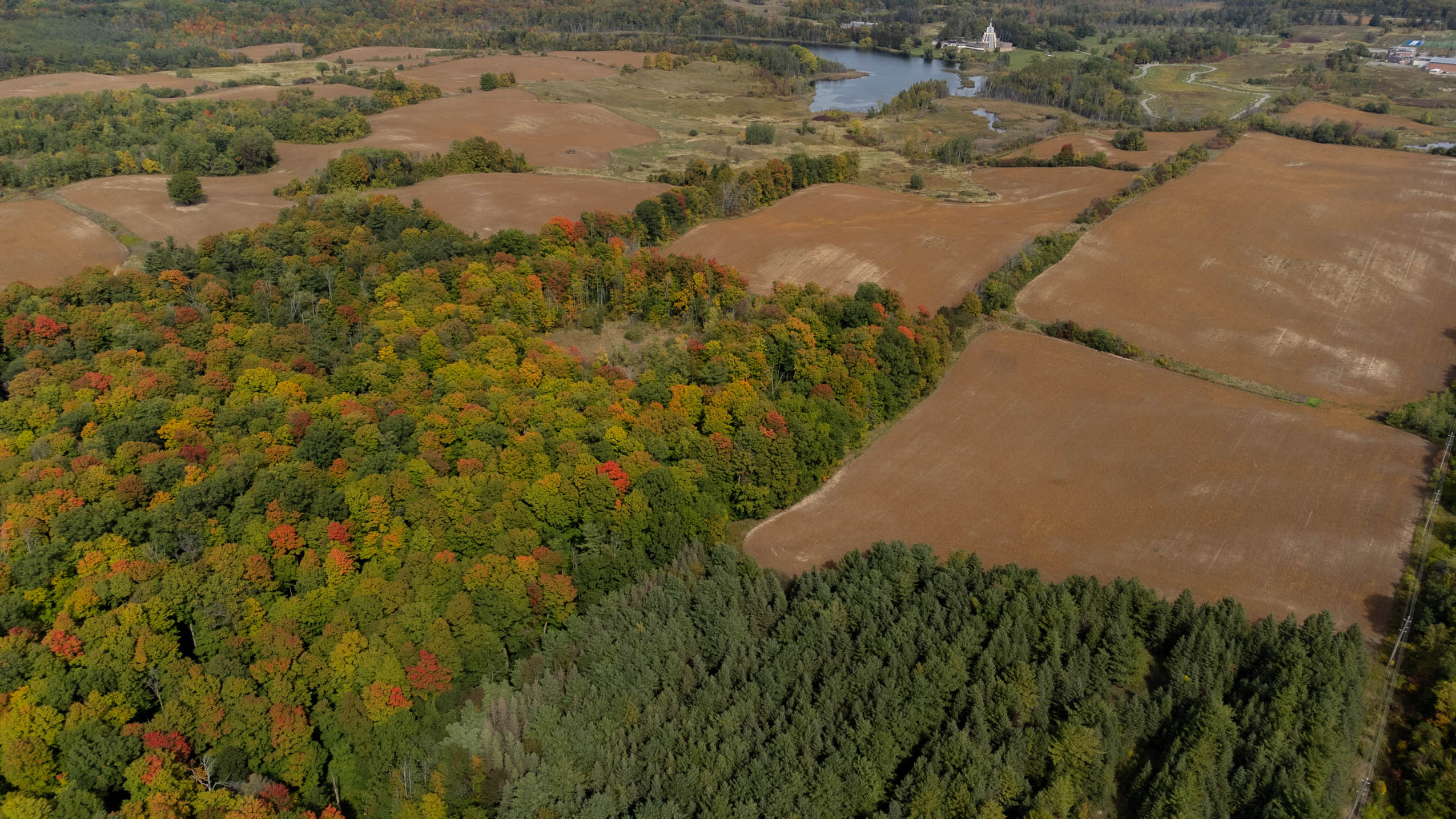
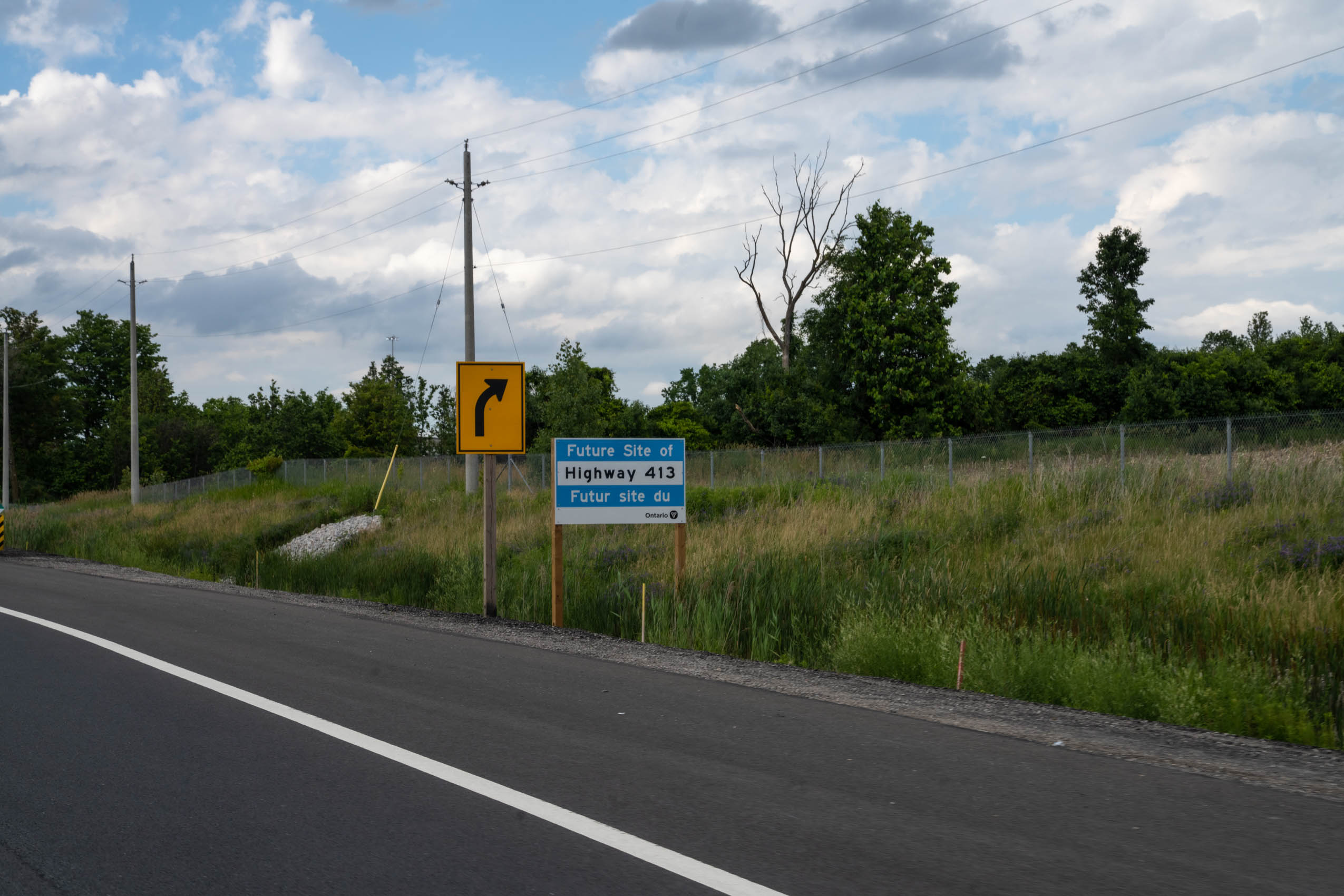
Highway 413 is one of the Ford government’s flagship projects, a pillar of the campaign that led to the Progressive Conservatives’ re-election in 2022. With its planned route running through conservation land, Ontario’s Greenbelt and the habitats of species at risk north of Toronto, the project has also come under fire from critics concerned about its environmental impact.
That criticism led to the planned highway becoming mired in bureaucratic gridlock: responding to a request from environmental groups in May 2021, the federal government announced it would subject Highway 413 to the impact assessment process. At the time, the federal government said it saw “clear areas of federal concern” — especially about impacts to three federally protected species at risk, the western chorus frog, red-headed woodpecker and rapids clubtail dragonfly.
The project has failed to move substantially forward since. More than two years later, Ontario has not filed the initial report needed to properly start the impact assessment process. Correspondence between the two governments, obtained by The Narwhal last year through access to information legislation, shows the Impact Assessment Agency of Canada has raised red flags about federally protected species at risk along the route of the highway, and about whether Ontario has properly consulted First Nations about the project.
In recent weeks, the project has come back into the spotlight as environmentalists — galvanized after Premier Doug Ford backed down from his decision to allow housing development in sections of the Greenbelt — have turned their focus to other provincial projects affecting the protected area.
Right now, the only thing that’s certain is Highway 413’s fate remains very much uncertain.

In its notice of application filed last week, the Ontario government argued the federal review process “has resulted in significant delays to a project that is of the highest priority to the province.”
“For over two years, Ontario has been engaged in back-and-forth discussions with the [Impact Assessment Agency of Canada] which had numerous follow-up questions and requests for information or revisions that are not connected to the reasons why the minister designated the project,” the court filing said.
“Ontario has faced significant uncertainty and delays in progressing preliminary design and its own environmental assessment of the project, in part, because the agency has been unwilling to approve the fieldwork required to complete this work.”
Environmental lawyer Castrilli said the Ontario government might have a tough time arguing Highway 413 is an example of why the Impact Assessment Act should be struck down, since it involves issues the federal government is at least partially responsible for. As well as its effect on federally protected species at risk, the highway would cross dozens of waterways, including several rivers, which could trigger federal responsibility for fish habitat.
“The [act] needs to be revamped to basically keep the feds in their lane, but that doesn’t mean that projects that affect federal jurisdiction suddenly get a get-out-of-jail card,” Castrilli said.
In a news conference on Oct. 26, Guilbeault was dismissive of Ontario’s complaints about Highway 413.
“We’ve been waiting for two years for the Ontario government to provide the necessary documents so that the evaluation of the project can start,” he said. “We’re not the ones holding off.”
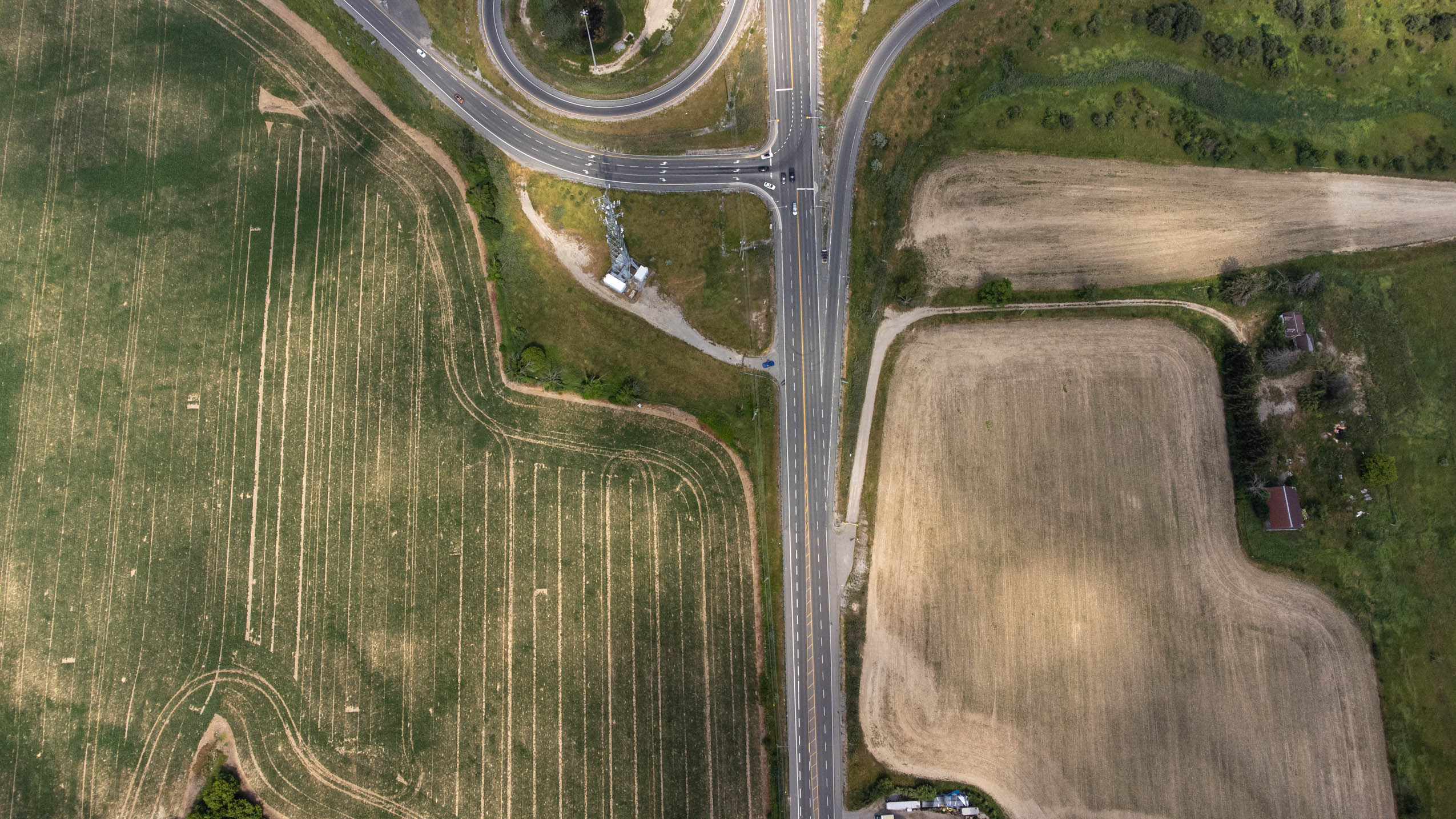
Until 2012, when it was shuttered by the previous Liberal government, Ontario Place in Toronto was a provincially operated theme park. Residents still use the aging waterfront venue for outdoor recreation including walking, bird-watching and paddling, and the redevelopment of the site has become another signature project for the Ford government — and another lightning rod for criticism.
Ontario is pushing to build a 65,000-square-metre indoor waterpark and spa with a parking garage, a plan that’s sparked concern about potential environmental impacts and loss of public green space. The building, to be run by Austrian spa company Therme, would be the equivalent of six or seven storeys high and take up most of the park’s west island, though Therme has said the design includes more public park space than currently exists there. Other concerns revolve around the Ontario government’s environmental assessment of the redevelopment, which excluded the spa building: construction of the spa and parking garage involves clearing trees and filling in areas of the park’s shoreline on Lake Ontario. The site is also home to several species at risk.
The federal government isn’t currently doing an impact assessment for Ontario Place. But it is currently weighing whether it should — the grassroots group Ontario Place For All wrote to Guilbeault in September to ask him to get involved, arguing that the Ontario government’s plans would trigger several areas of federal concern, including fish habitat and climate change.
“While it is clear that the relative size of this project may not be as significant as a large mine or a major highway, this project and what it says about Canada’s commitment to climate responsibilities is significant,” Ontario Place For All said.
Usually, Guilbeault would have 90 days, or until Dec. 27, 2023, to decide whether to grant or deny the request. But now, the whole thing is on hold. The federal government has announced it will pause Guilbeault’s ability to start new impact assessments while it rewrites the law. There’s no telling what could happen with Ontario Place and when — or how the lawsuits and updated rules might come into it. Guilbeault hasn’t said when the new rules might be finished, only that the federal government is working as quickly as it can.
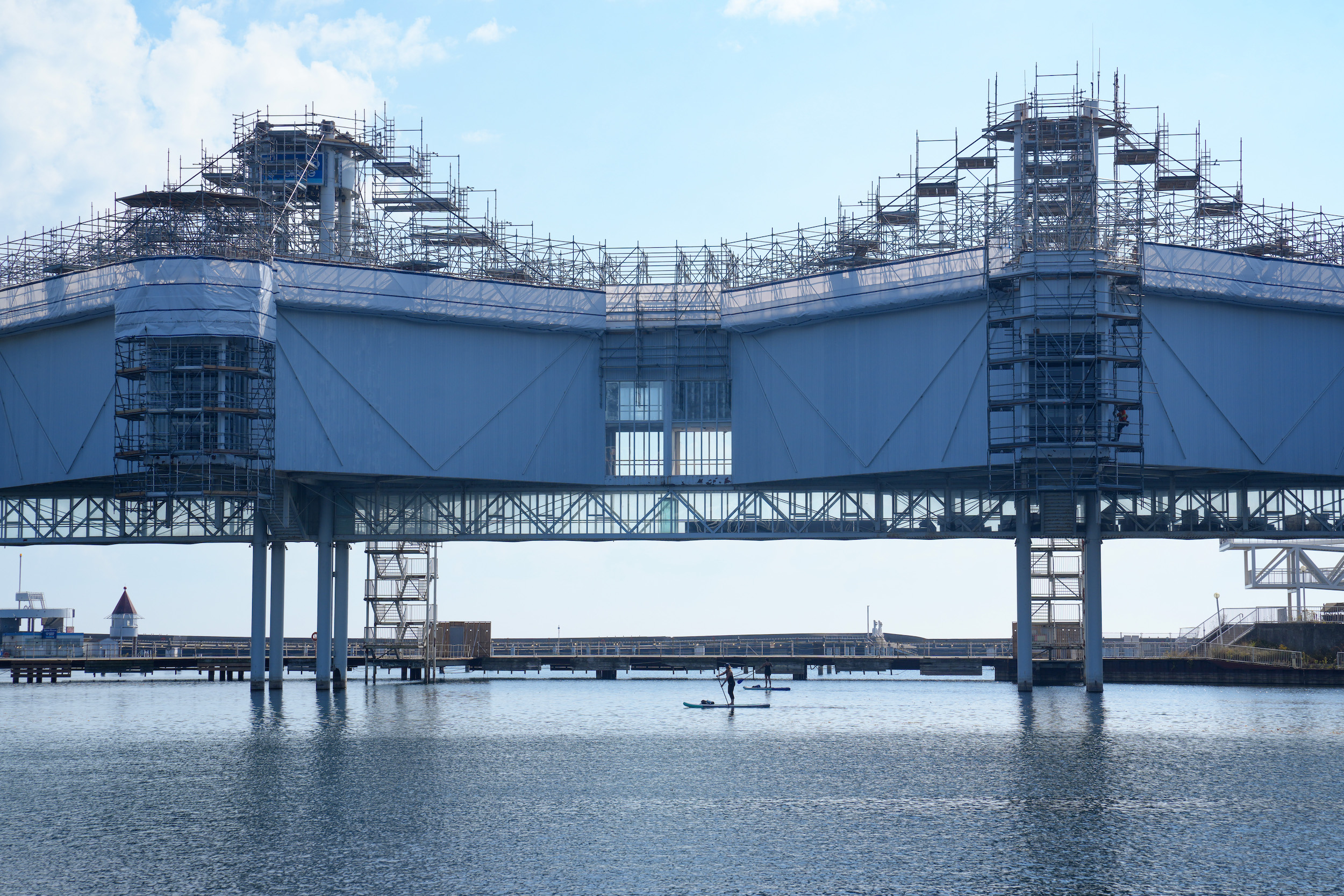
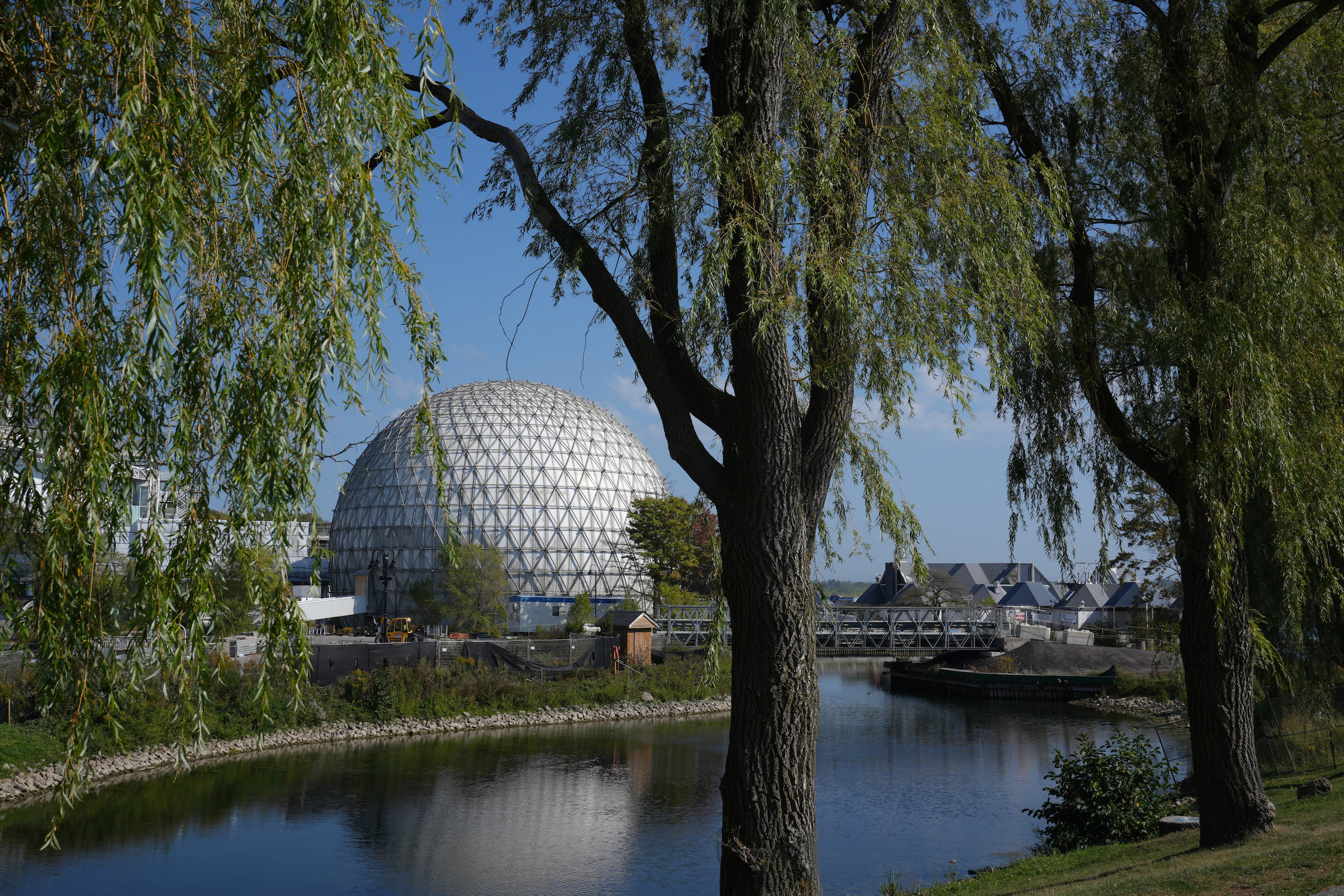
That lack of clarity is the Ontario government’s stated reason for filing a lawsuit about Ontario Place in particular.
“Ontario and anyone performing work related to the project face uncertainty as to the potential legal impacts of taking steps to advance its construction,” the province’s court filing said.
“Ontario should not be deterred from taking action to build a parking garage on provincial land by an act that the Supreme Court of Canada has found to be unconstitutional.”
Last month, Guilbeault denied that the federal government had held up Ontario Place.
“We’re not involved in Ontario Place,” he told reporters. “Like, it’s a fabrication.”
Kempton said it seems like the Ontario government is attempting a court challenge with Ontario Place as a political manoeuvre, given that the federal government hasn’t even decided to review it yet. The case is probably premature since no one knows what Ottawa’s rewritten rules will look like, she added, but it could help clarify how the courts are going to interpret the Supreme Court judgment.
“This is a bit of a weird situation, but I don’t know that these applications are going to really get anybody anywhere,” she said.
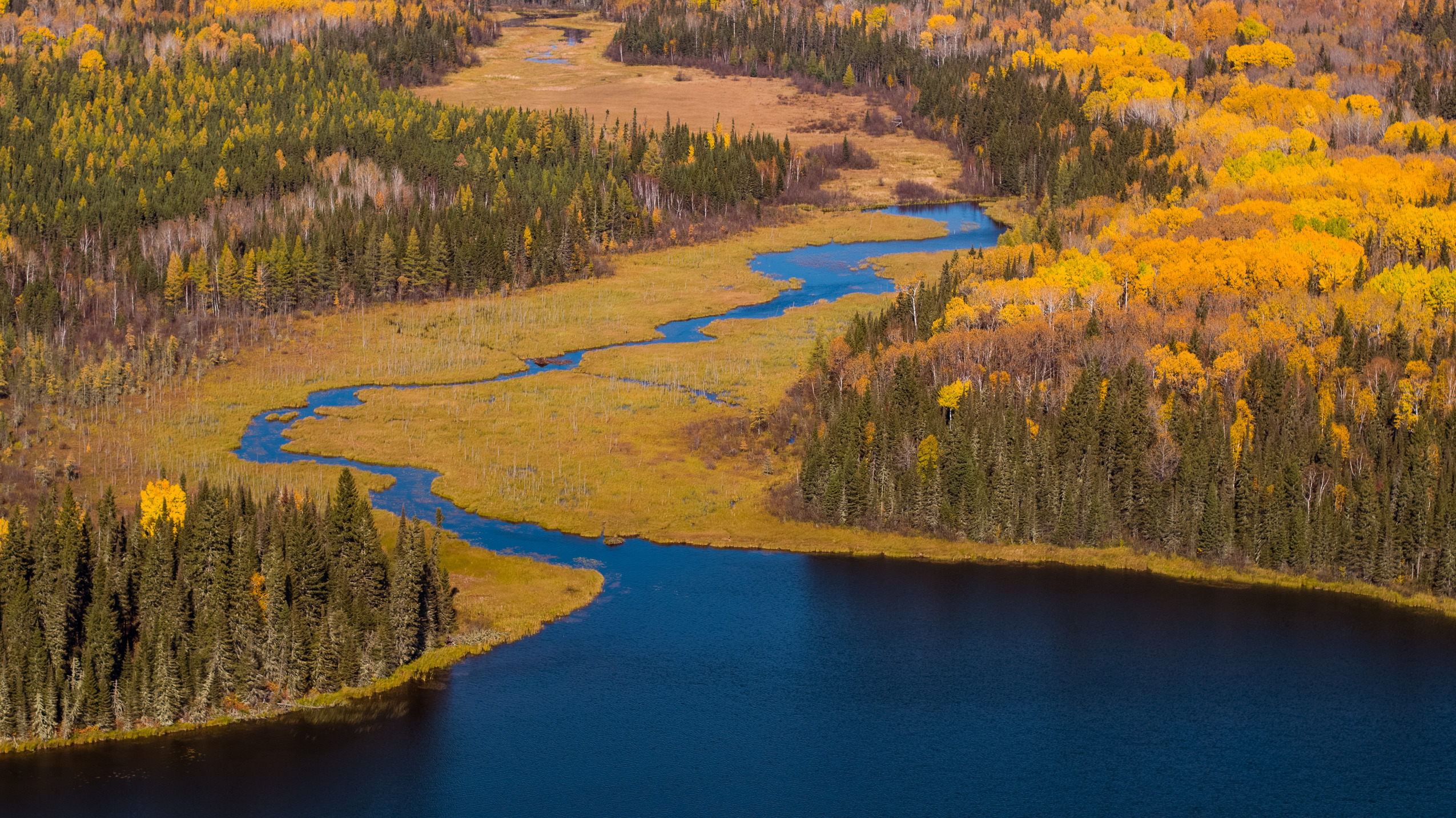
The Ontario government hasn’t filed any court challenges related to the Ring of Fire — a remote region 540 kilometres northeast of Thunder Bay, Ont., which the province is pushing to turn into a mining hub. But the outcome of any court case challenging the Impact Assessment Act could have huge implications for the future of the Far North region, which is blanketed with carbon-rich and ecologically sensitive peatlands.
Webequie and Marten Falls First Nations are leading the charge on three road projects that could connect the Ring of Fire, which is currently only accessible by air or ice road, to the provincial highway network to the south. The roads would connect their communities to better services and economic opportunities, the two nations have said.
Permanent roads could also enable mining. Other nations like Neskantaga First Nation, one of those represented by Kempton, have not consented and say the Ontario government isn’t meaningfully consulting them about processes that will shape their futures for generations.
Right now, there are already three federal impact assessments underway for the proposals: the Webequie Supply Road, led by Webequie First Nation, the Marten Falls First Nation-led Marten Falls Community Access Road and the Northern Link Road, which is jointly led by both communities. (All three are undergoing provincial reviews as well.)
All three federal reviews could be impacted, depending on the outcome of Ontario’s lawsuits.
“That could go a variety of different ways that I can’t even contemplate right now,” Kempton said.
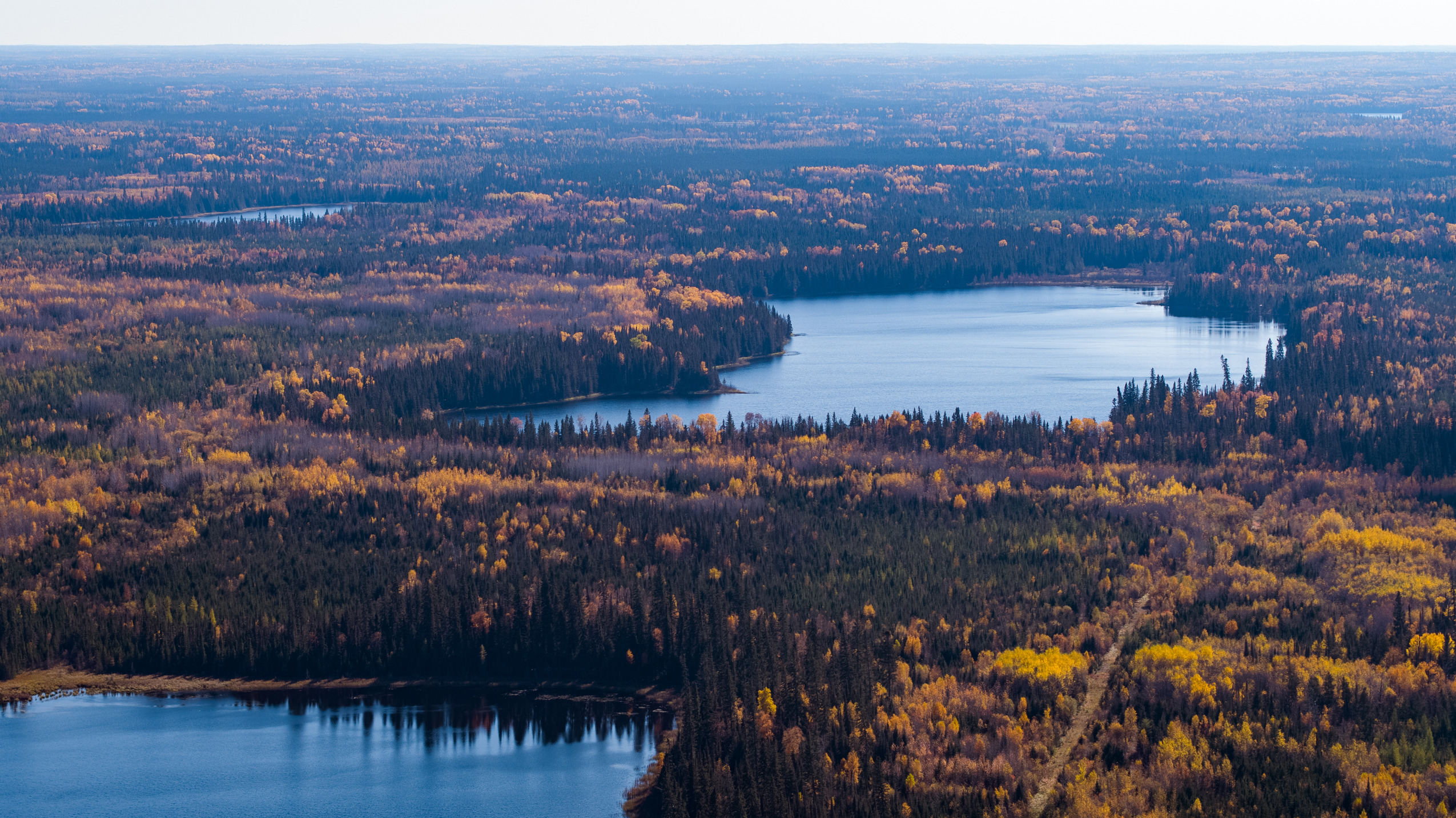
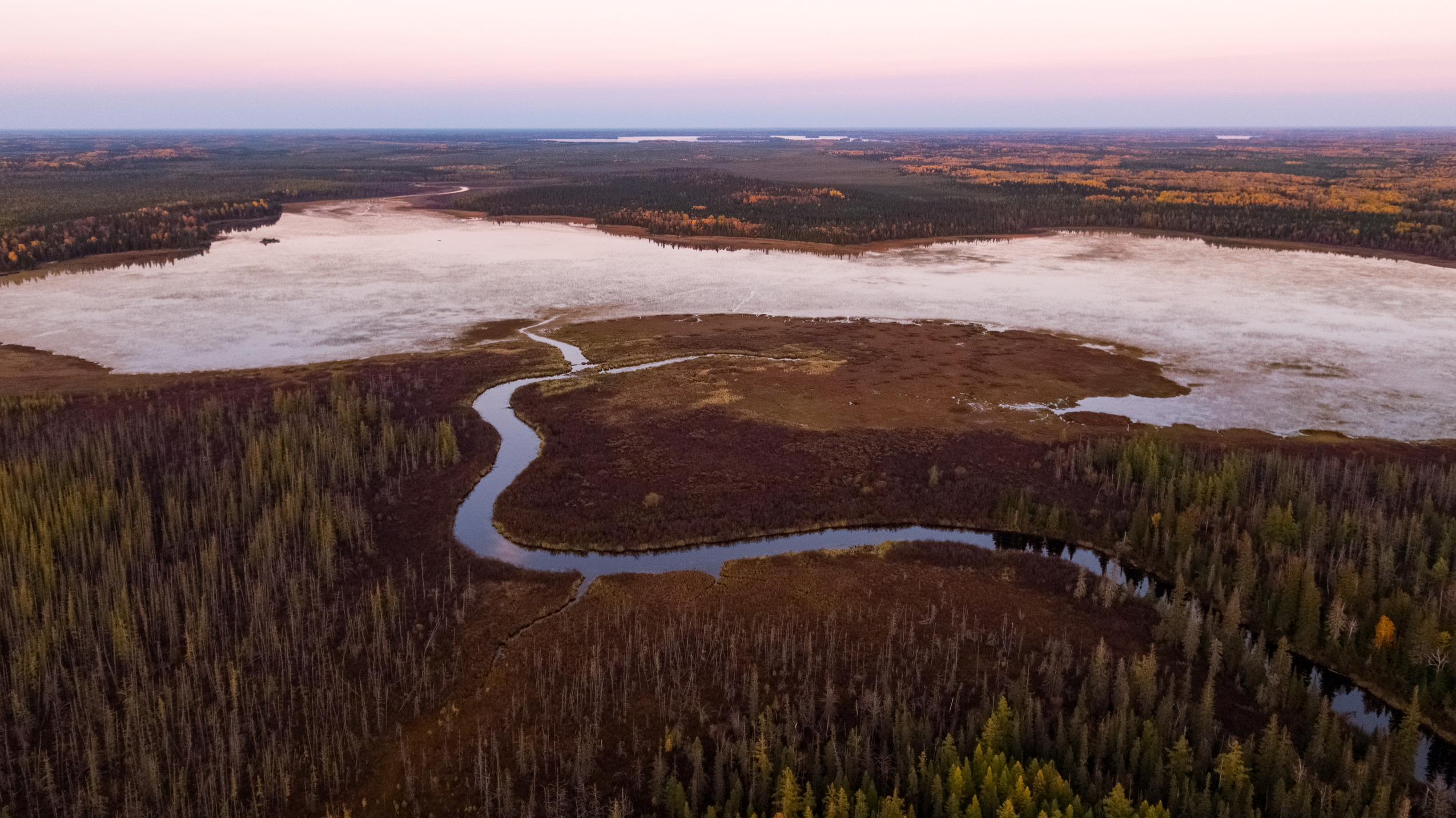
Another layer of complexity comes from a regional assessment that’s currently underway in the full Ring of Fire area. Regional assessments are a fairly new federal process included in the Impact Assessment Act. They allow Ottawa to embark on a review that’s broader than any specific project — instead, it can consider the cumulative impacts of many projects, or collect data to inform decisions down the line.
A lot rests on the regional assessment in the Ring of Fire. Technically speaking, Ontario could forge ahead with its plans to facilitate road construction while the review plays out. But the province wants federal funding to advance the work, and National Resources Minister Jonathan Wilkinson has said he won’t decide whether to provide that funding until various environmental reviews, including the regional assessment, are complete.
The Supreme Court didn’t mention regional assessments in its decision, and the federal government has said it plans to continue all regional assessments since they don’t appear to be affected by the ruling. But it’s not clear whether this type of assessment could be affected later if the courts do strike down the act entirely.
The federal government has said it’s unlikely the law would ever be fully struck down, since the Supreme Court affirmed that Ottawa has the right to do impact assessments in some form.
“It’s important to recognize that the Supreme Court explicitly upheld the right of the government of Canada to implement impact assessment legislation and to collaborate with provinces on environmental protection,” Kaitlin Power, a spokesperson for Guilbeault, wrote in an email.
“We look forward to ensuring a collaborative process where good rules are in place to ensure good projects move forward.”
Get the inside scoop on The Narwhal’s environment and climate reporting by signing up for our free newsletter. On a warm September evening nearly 15...
Continue reading
10 billion litres of sewage are dumped into Winnipeg’s lakes and rivers each year. Some...

Court sides with Xatśūll First Nation, temporarily halting Mount Polley mine waste expansion

Break out the champagne: Emma’s storied life and leadership in journalism has earned her the...
